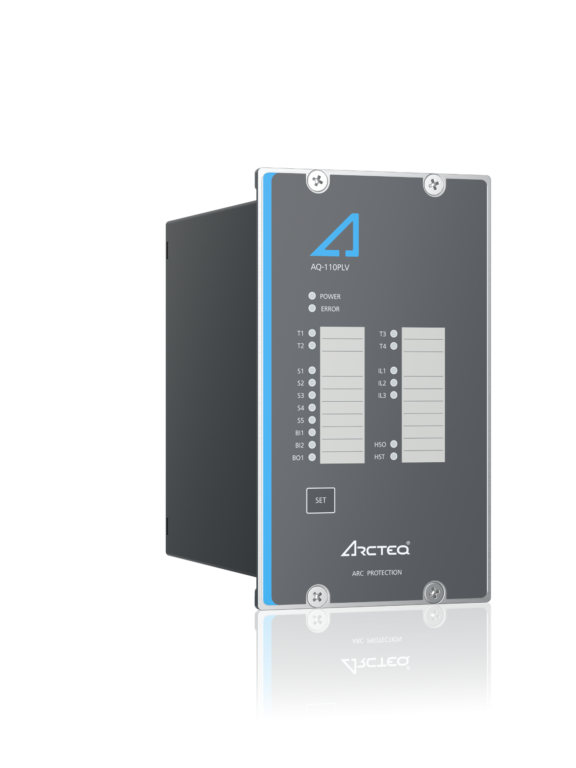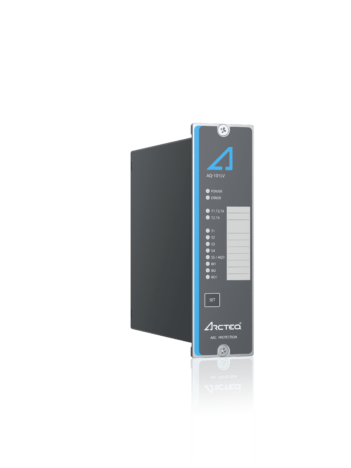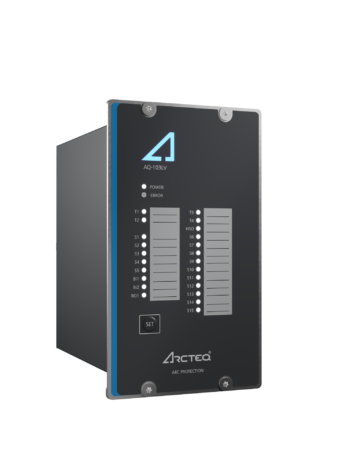
Description
The AQ-110PLV arc point sensor device with overcurrent is a sophisticated microprocessor-based arc flash protection device with combined current and arc sensing, which provide two (2) integrated trip criteria. When an AQ-110PLV arc point sensor device with overcurrent detects an overcurrent in the incoming feeder as well as a light signal from a sub-unit or from a direct light sensor, it minimizes the damage caused by an arcing fault (arc flash) by tripping the circuit breaker that sources the fault current. The complete system self-supervision function of AQ-110P provides the highest level of dependability by continuously monitoring all internal system functions as well as external connections.
Features:
- A wide range for the power supply (18…72 V DC or 92…265 V AC/DC).
- Three-phase current detection.
- A maximum of 12 point sensors (3 point sensors per channel).
- A maximum of 1 fiber loop sensor (optional).
- Connectivity to the AQ-1000 arc quenching system.
- 1 high-speed output (HSO).
- 1 high-speed semiconductor trip output (HST).
- 4 trip relays.
- 1 system failure relay.
- 1 fast binary output.
- 2 fast binary inputs.
- 1 multifunction push button.
- Non-volatile memory.
- 19 indication LEDs.
Learn more about how different protection techniques affect the consequences of an arc flash:
“Arc flash comparison” by Arcteq Relays (https://youtu.be/EUlZ_a_rcIg)







